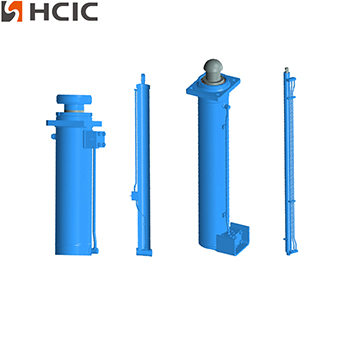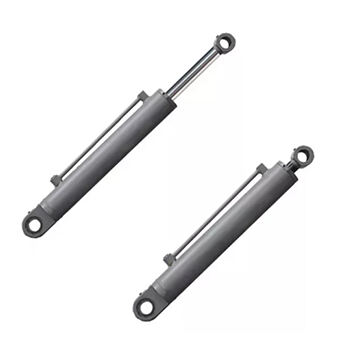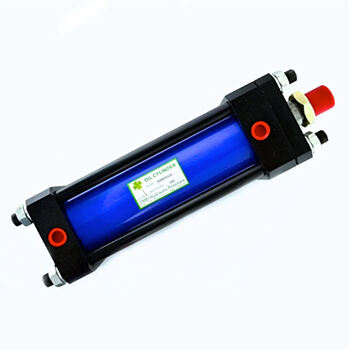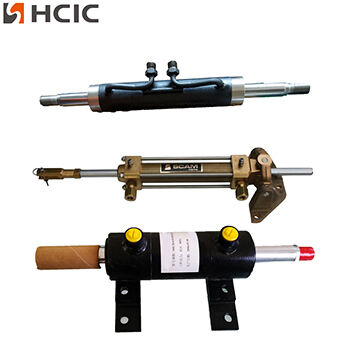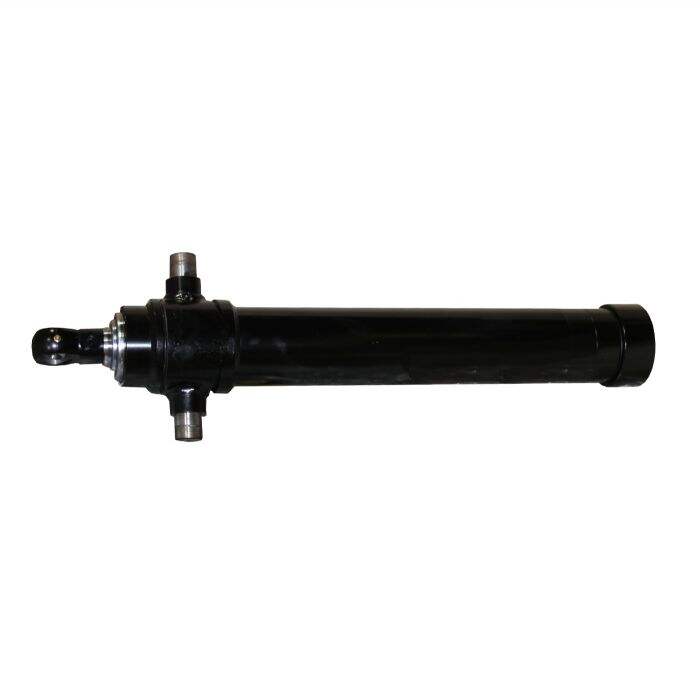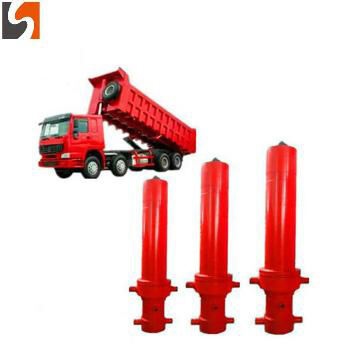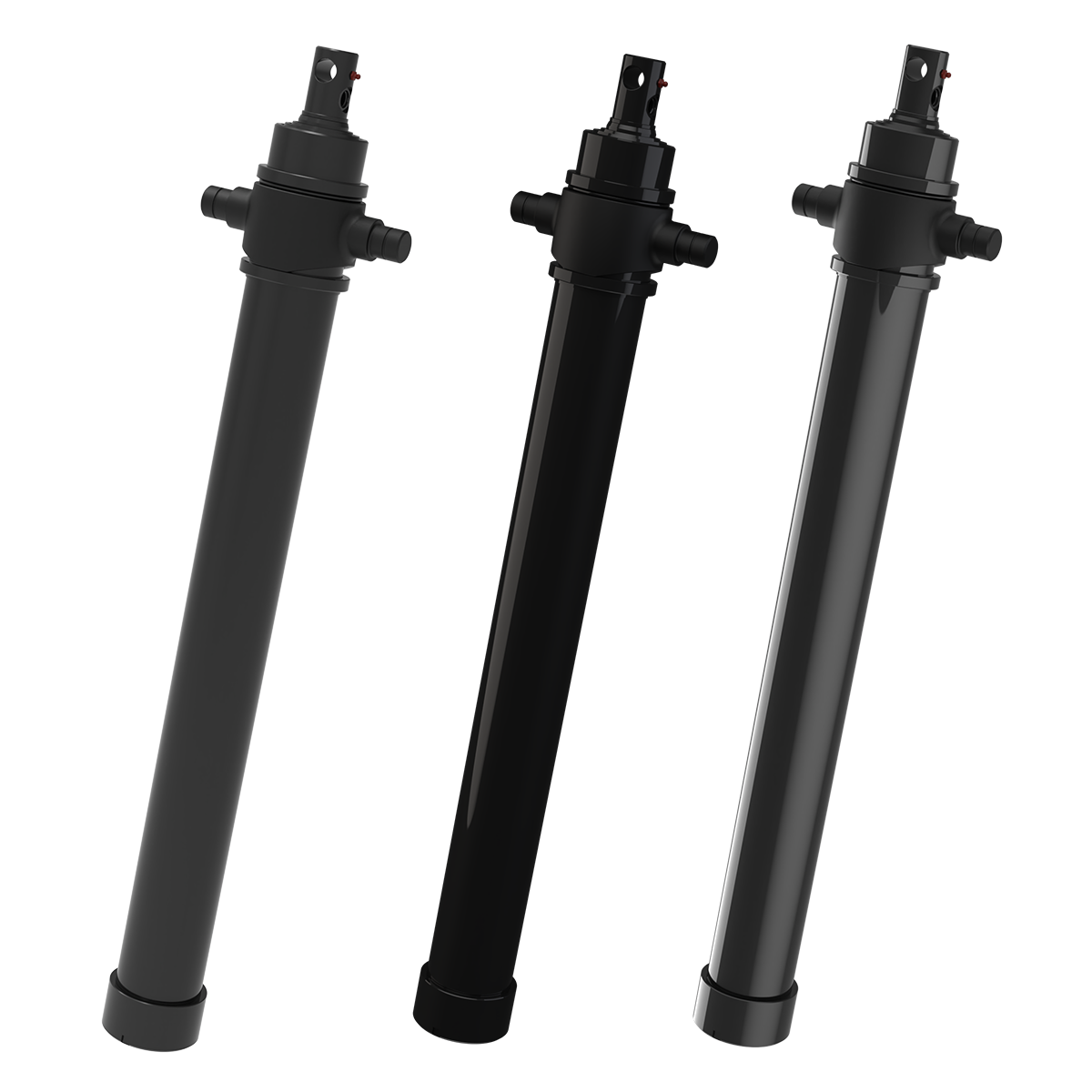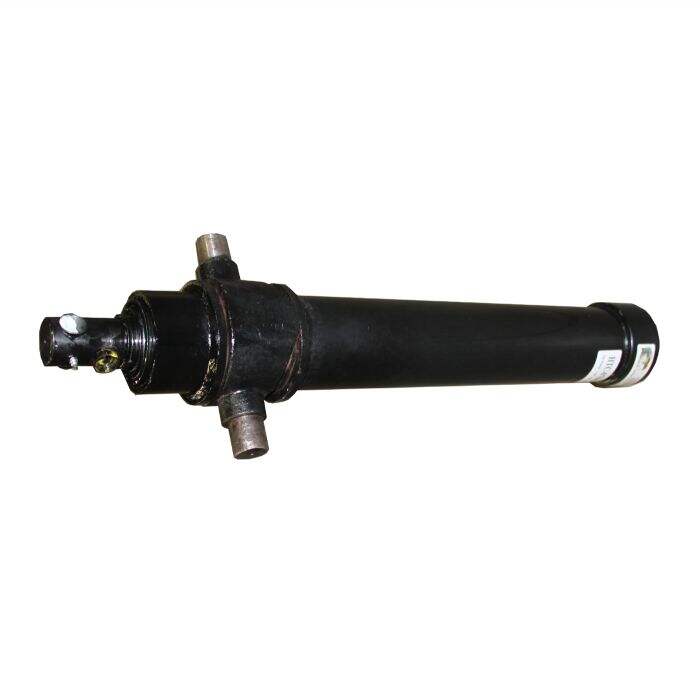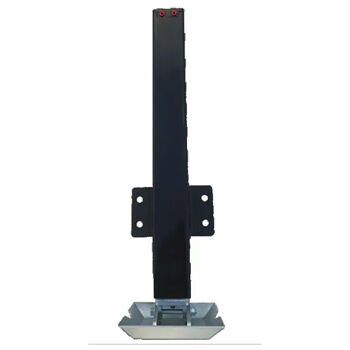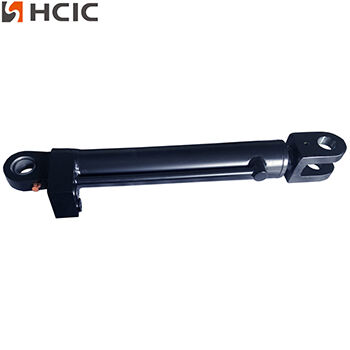How to Bleed a Hydraulic Cylinder All You Need to Know about Bleeding a Hydraulic Cylinder
Hydraulic cylinders are a vital component of many machines and mechanisms, but they can fail if you don't know how to maintain them correctly. Bleeding air from hydraulic cylinders is crucial to ensure fluid power systems function properly and safely. At Cylinders, Inc., many clients call in for hydraulic repair services because they haven't bled their cylinders.
Hydraulic systems aren't meant to pressurize air; they're designed to work with pressurized fluid. Entrained air that gets into fluid or hydraulic cylinders can dramatically shift how the cylinder works. In this blog, we'll discuss the basics of how to get air out of hydraulic systems to ensure they are in good working order. We'll cover why they need to bleed and the steps for bleeding them.
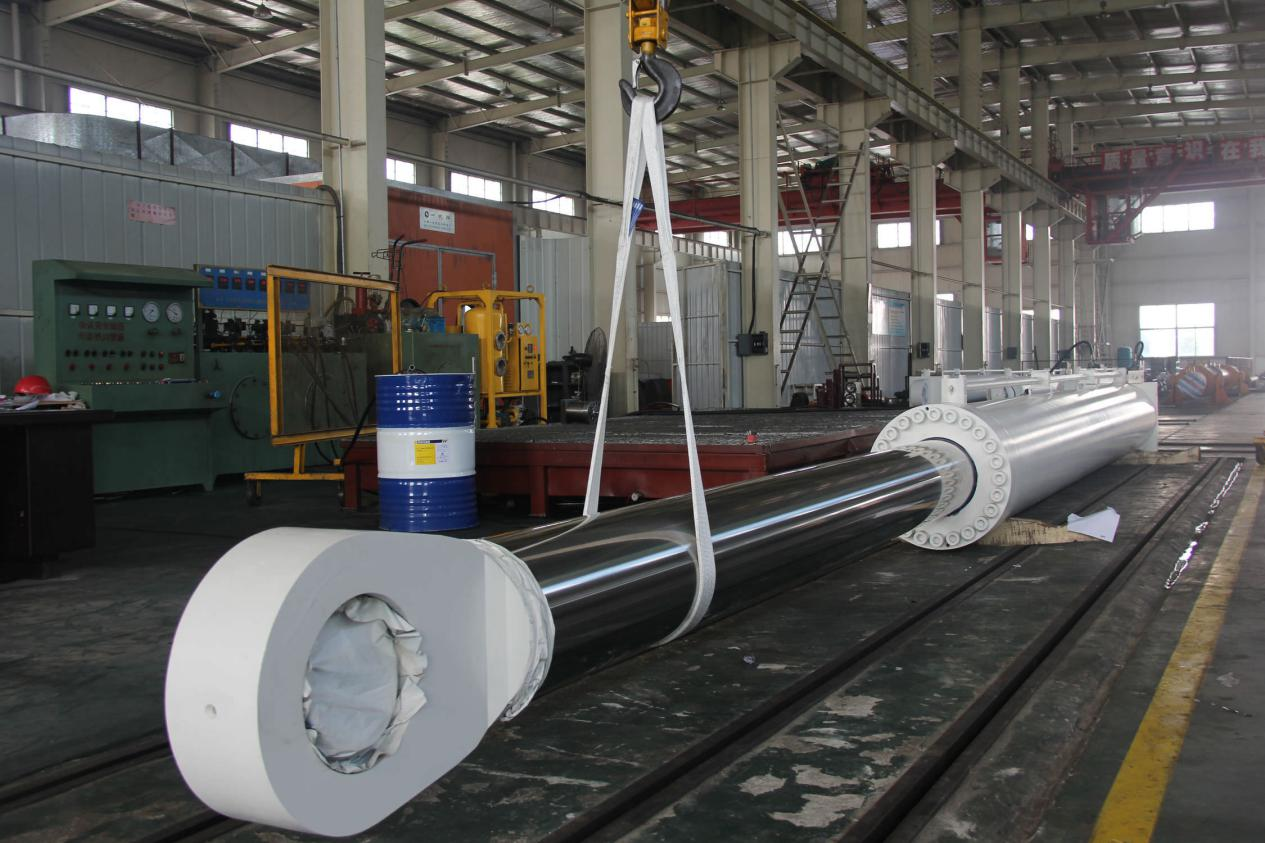
Why Is Bleeding a Hydraulic Cylinder so Important?
Purging hydraulic systems is necessary to remove air as it can cause pressure drops, noise, jerky or sluggish response, and spongy or soft operation of cylinders. Trapped air in a hydraulic system can also be the cause of cavitation.
Cavitation occurs when a rapid change of pressure in hydraulic fluid leads to the formation of small vapor-filled cavities in areas where the pressure is at its lowest. When compression takes place within the hydraulic cylinder, the bubbles implode, leading to metal erosion.
This damages components inside the cylinder, such as metal seals, further contaminating the hydraulic fluid with metal particles that cause even more damage to the cylinder components, which ultimately causes the cylinder to fail.
Generally, the normal amount of dissolved air in hydraulic fluid is 10%, which is different than entrained air. Too much entrained air causes froth or foam in the oil reservoir and throughout the system.
When Should You Bleed a Hydraulic Cylinder?
Hydraulic cylinders should be bled when they’re first installed and then again if any repairs or maintenance are done on the cylinder.
Knocking Noises from Hydraulic Cylinder
If you hear a thumping or banging sound in your hydraulic system, this is usually a sign that there is air trapped in the pump or cylinder. The noise is caused by the air compressing and decompressing. Inspect the hydraulic cylinder and pump for any signs of air leakage and check for damaged seals. Also, make sure the hydraulic fluid isn’t degraded.
Bleeding Single-Acting Cylinder Before Installation
A hydraulic cylinder may need to be bled before installation. If air is trapped in the system, it will act as a gas shock absorber, which is why these cylinders feature a breather valve at the top to allow air to escape during operation. When testing a new hydraulic cylinder, it is important to ensure that trapped air pockets are not present, as this can cause the seals to be blown out of the cylinder housing.
How to Bleed Air From a Hydraulic Cylinder
Bleeding air from a hydraulic system is a relatively simple process, but it's only effective when air pockets are free and not blended with the fluid. Often entrained air in a hydraulic system can be removed by exercising the system without normal workloads, causing the hydraulic oil to circulate through the oil reservoir. The reservoir will also allow the release of dissolved air as the temperature of the system increases during normal operation, as hydraulic oil usually contains at least 10% dissolved air at ambient temperatures.
To remove froth or foam caused by mixed air, the system will need to be shut down and over time the air will separate from the oil or pass the oil through a screen designed to filter air bubbles. Once air separates from the oil, the air will need to be removed or bled from the system. To maintain a healthy system, the cause of the mixed air must be identified and addressed, as it can quickly cause oil damage and damage to circuit components.
Preparations Before Bleeding a Hydraulic Cylinder
Do the following to ensure a successful bleed:
Gather supplies: Ensure you have the right tools, including hydraulic fluid, tubing, and clean, empty bottles.
Secure the equipment: Ensure the bleeding operation will not create any hazards and equipment is locked out and secured from movement.
Remove parts: If possible, remove necessary system components to make accessing the lines being bled easier.
Bleeding a Hydraulic Cylinder
Whether you need to learn how to bleed a hydraulic ram or a cylinder, the process is less the same:
Here’s how to get the air out of the hydraulic cylinder:
Move the air to the top of the cylinder for effective release.
Extend the cylinder fully and leave it in this position to allow the air to rise.
Partially close the cylinder when all the air has risen to the top of the cylinder.
Open the bleed valve for the air to escape.
If the fluid is foamy, filter it through some gauze or refill the system with new fluid.

 EN
EN
 AR
AR
 BG
BG
 HR
HR
 CS
CS
 DA
DA
 NL
NL
 FI
FI
 FR
FR
 DE
DE
 EL
EL
 HI
HI
 IT
IT
 JA
JA
 KO
KO
 NO
NO
 PL
PL
 PT
PT
 RO
RO
 RU
RU
 ES
ES
 SV
SV
 CA
CA
 TL
TL
 IW
IW
 ID
ID
 LV
LV
 LT
LT
 SR
SR
 SK
SK
 UK
UK
 VI
VI
 HU
HU
 TH
TH
 TR
TR
 FA
FA
 MS
MS
 GA
GA
 CY
CY
 KA
KA

